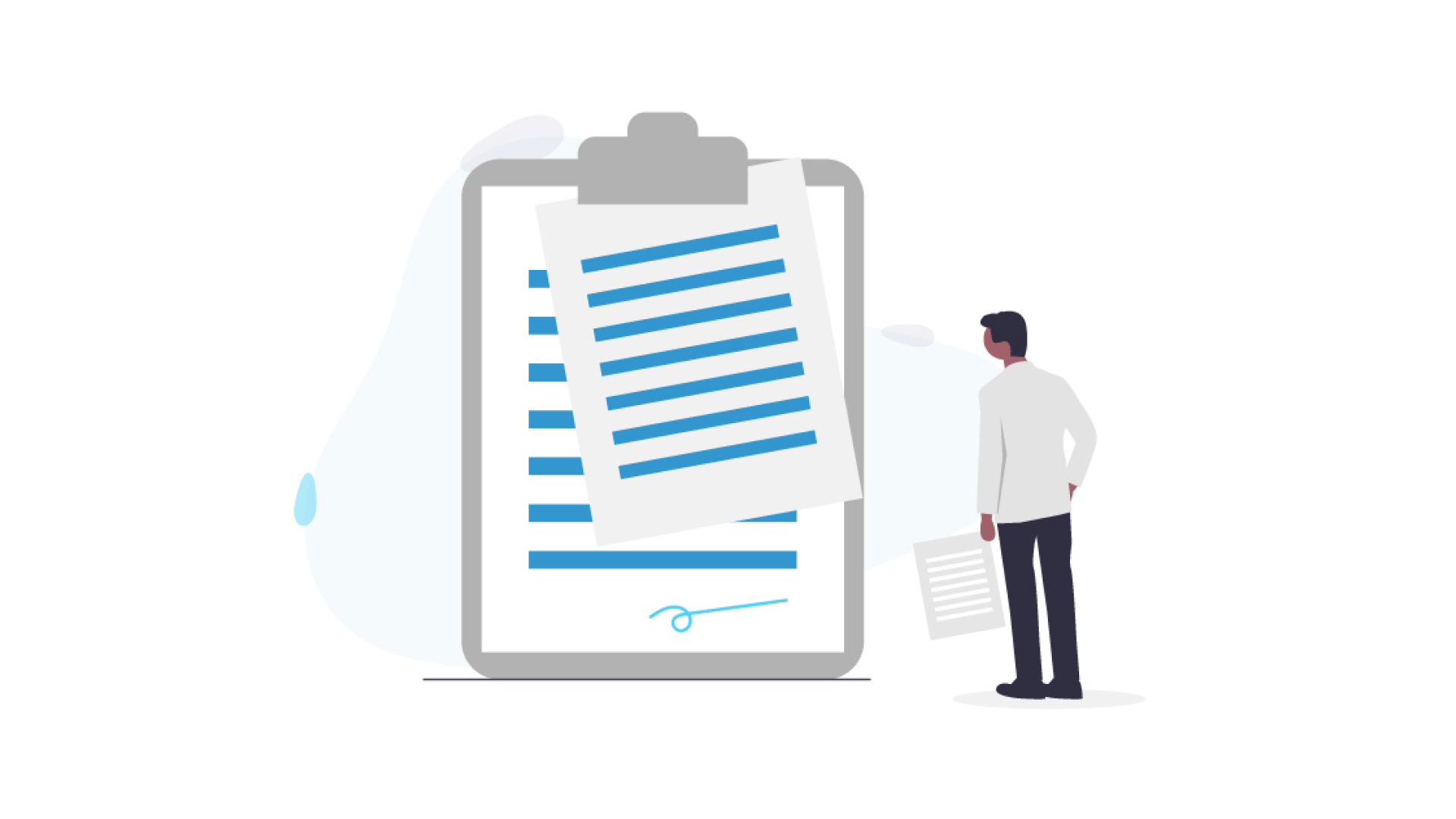You Can’t Skip 2nd Base Growing Your B2B SaaS Business
These are the “4 bases” of SaaS Marketing priorities in chronological order. While you can go through these fast and hit a home run, you can't skip...

How many potential customers are you leaving on the table every time you run a new outbound campaign? Every time you hit “send” the messaging you use will be the difference between a hoard of new prospects and a seemingly infinite black hole that consumes time, resources, and money with little ROI.
Great ABM messaging is by no means easy to create, but there are a few steps that we have been able to use at Kalungi to drastically increase our conversion rates, from connections to positive replies to requests to talk to sales:
Following this framework for ABM messaging will give you the structure to effectively communicate your value with cold prospects. In fact, using this method of ABM messaging creation has given some of our clients 35% email open rates and 18% LinkedIn connection rates.
Account Based Marketing (ABM) messaging is arguably one of the most difficult aspects of B2B marketing. After all, you are reaching out to someone who has never heard of your company and asking them to spend their precious time and money on you. To make things even more difficult, you're asking them to spend their money to solve a problem they may not even know exists yet. Because of this, many inbound tactics don’t work and will leave you with low response rates in your messages, and even lower conversion rates to your Calls to Action.
Let’s dive into why this is by putting ourselves in our prospects' shoes. This shouldn’t be hard, considering that all of us are inundated with advertisements on a daily basis. How many spam or ad emails do you get every day in your inbox? How much time do you spend reading each one? If you’re like me, the answers to those two questions will be similar to “way too many” and “almost no time,” respectively.
For most of us, it’s just not worth our time to go through each ad that we receive and deeply consider the offers. We would never get anything else done. The prospects you’re messaging to feel the same way about email. They're (justifiably) suspicious of cold messages and will only skim the subject line and first part of your message before deleting it. Because of this, your outbound messaging needs to immediately provide real value to your prospects.It’s not worth going to all that effort to create a great message if your prospect doesn’t read it. So, it’s imperative that you spend the time to build a great subject line. Most of the time, this is the difference between a prospect throwing out and reading your message. Your subject needs to make the prospect curious enough about your product/service to learn more so they need to be concise and impactful. Subject lines should be so intriguing that they beg to be opened or has some startling benefit that answers the readers’ question of “what’s in it for me?”
We like to catch prospects with a question that speaks to their fears or dreams (more on this below) or a stat about what they can gain by using your product/service. This will greatly improve your open rates and get the body of your message in front of more prospects.
Now that you’ve convinced prospects to open your message, make sure your body effectively leads them to your Call to Action. Hooking a prospect with your subject line is great, but it only gets them in the door. Now you need to capitalize with concise and impactful copy. This starts with knowing your prospects on a deep level. Make sure you’ve created an in-depth list of personas that represent the types of people you encounter throughout the sales process. Once you’ve established this list, it's time to create template messaging that fits each persona and speaks to them directly.
Talk to your prospect about what they care about. Don’t send them a generic message. Make sure the body of your message revolves around what's really important to them. We like to think about these wants and needs as fears and dreams (e.g., “what keeps them up at night?” and “what would make their life better?”)
Furthermore, you need to personalize your messaging to prospects. Do some quick research on their company website, LinkedIn profile, or google. What have they been doing recently? Have they published any blogs, accomplished anything professionally, or generated any social posts? If so, consume that content and include a specific comment on it in your message. This will show your prospect that you aren’t just blasting thousands of contacts. Instead, they’ll see that you took the time to understand them and their problems before reaching out.
Finally, use this framework to lead your prospects from your subject line to your Call to Action by answering the following questions:
This will allow you to build a short and effective piece of messaging that addresses your prospects’ fears and dreams, shows them how your product can help them, and gives them tangible gains that they will experience by using your product (or miss out on by not clicking on your Call To Action).
Someone wise once said “the best way to make new friends is to ask for help.” People are much more likely to respond if you ask them for advice or input on something you’re working on. Asking for help allows them to feel like a thought leader in their field and it also makes them feel good because they did a good deed by helping a stranger out.
This can be used to benefit both you and your prospect. Use it to get prospect feedback on your product, an asset, or customer needs, while getting your foot in the door, learning more about them and about how your solution can help them achieve their goals.
One of the biggest reasons that I’ve seen for ineffective ABM messaging is that it isn’t customer centric. It goes right for the sale with a prospect who has never even heard of the company (as we discussed above). To put this in perspective, consider the following question: If you had a 5-minute conversation with a total stranger, would you feel comfortable asking them to marry you?
Fortunately, this problem is extremely easy to solve. Just be sure to keep your prospect’s needs at the center of your ABM process. Build your messaging and cadence with the goal of pleasing your prospect and helping them to solve their problems. Give them resources (in return for them subscribing to your marketing efforts) that relate to their problem, teach them how to solve it, and improve their lives. Doing this may not get you a sale after the first interaction with the prospect, but it will position you and your company as thought leaders in your industry.
With this position, you will be the first person your prospect goes with questions around your industry as well as what the best solutions are, putting you on top of your competition. It also allows you to place this prospect in a nurture program that automatically delivers helpful assets, assisting them in solving their problems.
You can also use this nurture process to show off how impactful your product can be to them, through blogs, whitepapers, case studies, customer testimonials, etc. This will guide them down the funnel with little additional work from you and will convert them to customers who love your product and company. (To learn more about what outcomes your nurture program should drive, read this blog.)
Because ABM is often done at such a large scale, it is critical that you are constantly optimizing your messaging. We like to do this by incorporating A/B testing (specifically multivariate testing) with our outbound messaging. This process allows us to test multiple parts of our messaging at once and constantly iterate on it, making each round more effective than the last and helping us to increase the emails that are opened, read, and clicked on.
For instance, to improve the open rates of our messages, we can test two subject lines against each other. To improve our click-through-rate, we can try using different value propositions, using different levels of detail or different formats in our messaging. To increase our asset download rates, we can A/B test different messaging, images, or videos on our landing page. On top of this, A/B testing allows us to be extremely scientific with the way that we test messaging and gives us the opportunity to experiment and prove (or disprove) different messaging hypotheses.
Setting up an effective A/B testing program is one of (if not) the most important part of creating effective ABM messaging. After all, no one will have better insights on prospect preferences than prospects themselves. You can test different value propositions, assets, and theories on customers, while constantly improving your ABM messaging and, more importantly, passing these learnings.
Following these five steps will help you to build an effective, and always-improving ABM messaging machine. You will increase your open rates, click-through-rates, and downloads, learn more about your customers and create a consistent pipeline of MQLs and opportunities for your sales team. But most importantly, solidifying this process will drive prospects to you that are amazing fits for your company. This means more revenue and more evangelists for your business and that will push your company forward and help it achieve its growth and revenue goals. Now go out there and start helping prospects!

Download your guide to executing an effective B2B SaaS Account-Based Marketing Campaigns and use it as reference when you're planning your next ABM campaign.
Brian is the CEO of Kalungi. Brian has successfully led B2B SaaS clients in all aspects of marketing growth as a fractional CMO. He also has an MBA from the UW Foster School of Business with a focus in finance and marketing.
These are the “4 bases” of SaaS Marketing priorities in chronological order. While you can go through these fast and hit a home run, you can't skip...
If you have to dismantle your project and start over, the impact on your trajectory can be devastating. Can you get it right the first time?
Establishing the right B2B brand voice can be a lot of pressure, but I’ll walk you through why it’s important and how you can nail it.
Be the first to know about new B2B SaaS Marketing insights to build or refine your marketing function with the tools and knowledge of today’s industry.